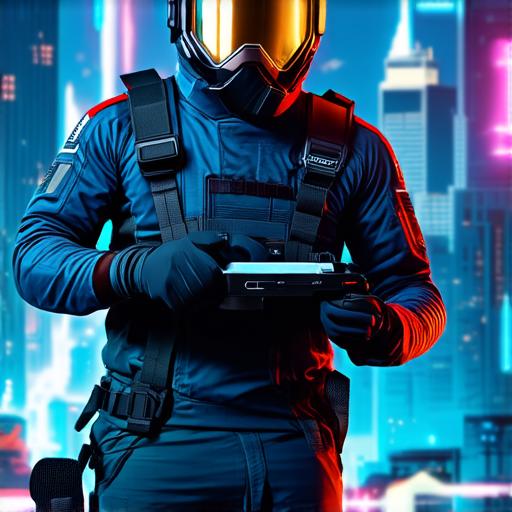
What is Collision Detection?
Collision detection refers to the process of detecting when two objects in a game or simulation intersect with each other. This can be useful for creating realistic physics simulations, allowing characters to interact with their environment, and even making games more challenging.
Raycasting
Raycasting
involves shooting a ray from one object and testing if it collides with any other objects in the scene. This method is useful for detecting collisions between non-trigger objects, such as game pieces or projectiles. However, raycasting can be slow and less accurate when used to detect collisions between complex shapes or large numbers of objects.
Trigger Colliders
Trigger colliders are used to detect when two colliders overlap, even if they are not solid. They are useful for creating interactions between objects that do not need to be physically interacting with each other, such as allowing a character to push against a wall or pick up an object. Trigger colliders can also be used to create obstacles and enemies in games.
Overlap Circles
Overlap circles are similar to trigger colliders but are used for circular objects. They work by creating an invisible circle around the object and testing if it intersects with any other circles in the scene. Overlap circles can be useful for detecting collisions between circular objects, such as wheels or spheres.
When to Use Collision Detection
Collision detection can be used in a variety of situations in Unity 3D games, including:
- Creating realistic physics simulations: Collision detection can be used to detect when a character’s foot collides with the ground, allowing them to move realistically. It can also be used to detect when an object falls or bounces off other objects.
- Allowing characters to interact with their environment: Collision detection can be used to allow characters to pick up objects, push against walls, or open doors.
- Making games more challenging: By using collision detection to create obstacles and enemies, you can make your game more difficult for players. For example, you could use colliders to create spiky platforms or enemy projectiles that the player must avoid.
Best Practices for Collision Detection
Here are some best practices to keep in mind when using collision detection in Unity 3D:
- Keep colliders simple: Don’t use too many colliders or overly complex shapes, as this can make collision detection slower and less accurate. Instead, use the simplest shape that accurately represents the object.
- Use the right type of collider: Choose the appropriate type of collider for your object, such as a box collider or a sphere collider. If you’re unsure which collider to use, consult the Unity documentation or experiment with different shapes and sizes.
- Test thoroughly: Make sure to test your collision detection code thoroughly to ensure that it is working correctly and not causing any bugs or glitches. You can also use tools like the Unity Debugger to debug and optimize your collision detection code.
Real-life Examples of Collision Detection in Action
Here are some real-life examples of how collision detection can be used in Unity 3D games:
- In the game “Puzzle Platformers,” players must jump and dodge obstacles to reach the end of each level. Collision detection is used to detect when the player’s foot collides with the ground, allowing them to move realistically. The game also uses trigger colliders to allow the player to interact with other objects in the scene, such as moving platforms or switches.
- In the game “Mario Kart,” collision detection is used to detect when a character collides with an obstacle or another character, causing them to lose speed or take damage. The game also uses trigger colliders to allow characters to interact with objects in the scene, such as power-ups or enemies.
- In the game “Uncharted,” collision detection is used to detect when the player’s feet hit the ground or walls, allowing them to move realistically. The game also uses trigger colliders to allow the player to interact with objects in the scene, such as opening doors or climbing onto ledges.
Conclusion
Collision detection is an essential tool for creating realistic and engaging games in Unity 3D. By understanding the basics of collision detection and using it effectively, you can create more immersive and challenging experiences for your players. Remember to keep your colliders simple, use the right type of collider, and test thoroughly to ensure that your game is running smoothly.



